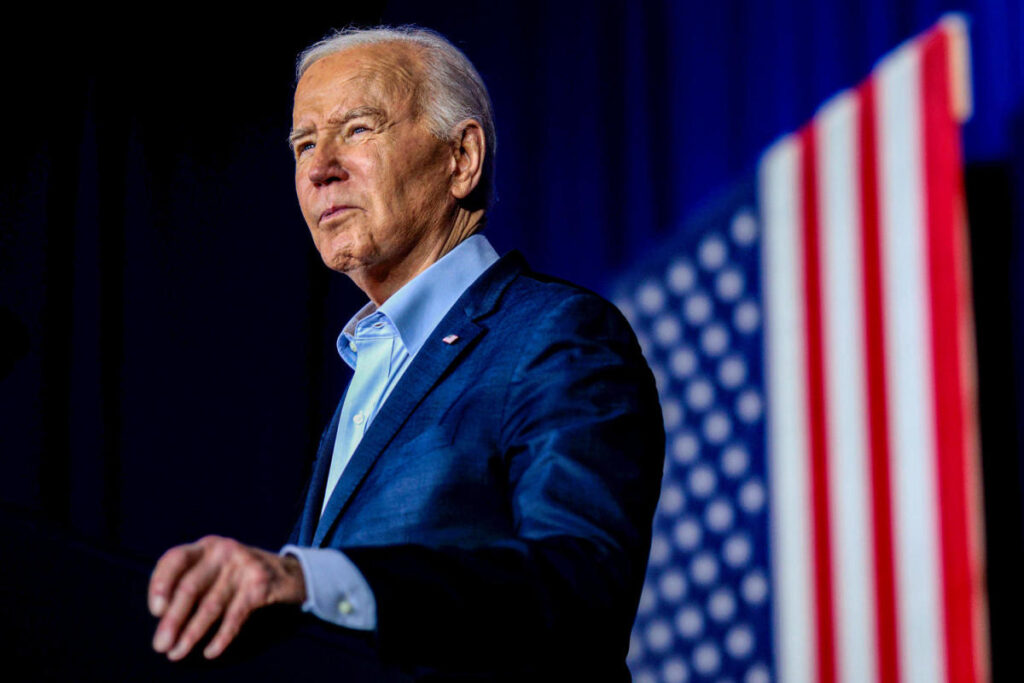On a day marked by political maneuvering, President Joe Biden signed a crucial government funding bill aimed at preventing a shutdown that could have disrupted services and affected many Americans. The bill, which was passed by both houses of Congress, will maintain government funding at current levels until March 14, 2024. It also allocates $100 billion for disaster relief and includes a one-year farm bill, marking a significant bipartisan effort to address immediate needs. However, notable by its absence, the bill did not cater to the demands of President-elect Donald Trump for a debt limit extension, revealing a rift between the administration and the former president’s faction within the Republican Party. Biden highlighted the compromise nature of the agreement, emphasizing that while it did not satisfy all parties, it serves the essential function of keeping the government operational.
The bipartisan support for the bill was evident, with votes in the Senate tallying at 85-11 and the House at 366-34. This swift approval came after the Biden administration expressed strong support for the legislation, detailing its importance in providing necessary disaster relief while avoiding the proposed accelerated tax cuts for wealthy individuals that were favored by some Republicans. White House Press Secretary Karine Jean-Pierre reiterated Biden’s stance, indicating that the bill’s focus was on serving communities recovering from natural disasters rather than accommodating the financial interests of billionaires. This statement marked a strategic framing of the legislation, which aims to project a narrative of prioritizing the American public and their pressing needs.
The negotiations leading up to the bill’s passage were anything but straightforward. Tensions escalated in the days preceding the agreement when Trump and tech mogul Elon Musk publicly condemned the initial bipartisan proposal. Their criticism resonated among certain Republican circles, prompting some lawmakers to reconsider their support for the bill. Despite Trump’s calls for extending or abolishing the debt ceiling—an element that ultimately did not find its way into the finalized legislation—Republican leaders largely backed the bill, showcasing a level of party unity in the face of Trump’s dissenting opinions. The political landscape demonstrated a balance between upholding party obligations and addressing the immediate functional needs of the government.
However, the path to passage was marred by setbacks, which included the House’s failure to approve a new funding bill early in the week due to significant opposition from both sides of the aisle. This demonstrated a broader tension within Congress, as a mixture of both Democrats and some Republicans voted against the proposal, reflecting concerns about fiscal responsibility and divergent priorities between moderates and more extreme factions of the party. Jean-Pierre criticized Republicans, accusing them of siding with wealthy benefactors at the expense of everyday Americans, thus framing the debate in terms of social equity and economic justice.
In the backdrop of these negotiations, political pressures loomed large, particularly as Trump threatened potential primary contests against Republicans who would not align with his agenda regarding the debt ceiling. This tactic seems to have pressured some lawmakers to toe the party line despite their initial resistance. Yet, the eventual overwhelming support for the funding bill highlighted a willingness among Republicans to prioritize governmental stability over factional allegiance, thus paving the way for a resolution that underscores some level of pragmatism amidst partisan turmoil.
Ultimately, Biden’s signing of the bill encapsulates a moment of compromise and functionality in a polarized political environment, showing that despite the clash of interests and the challenges presented by divergent party leaders, there remains a capacity for collaborative governance. As families prepare to celebrate the ensuing holiday season, this agreement reassures citizens of continued government operations, delivering a sense of security in uncertain times. The act symbolizes not just a fiscal agreement but also a reaffirmation of government responsiveness to its constituents during moments of crisis, ultimately positioning the administration in a favorable light as they navigate the complexities of leadership in a divided legislature.

